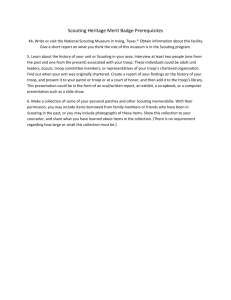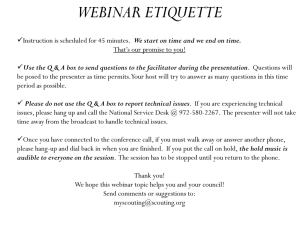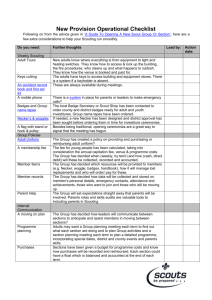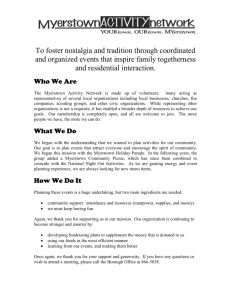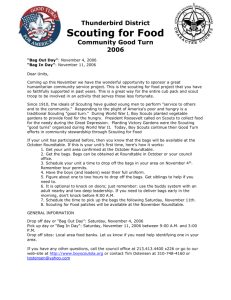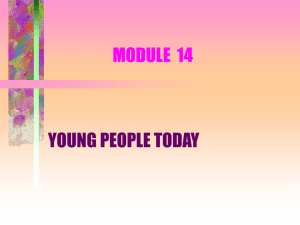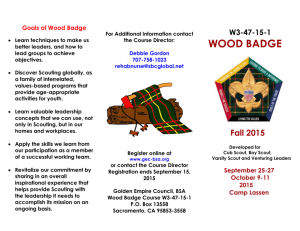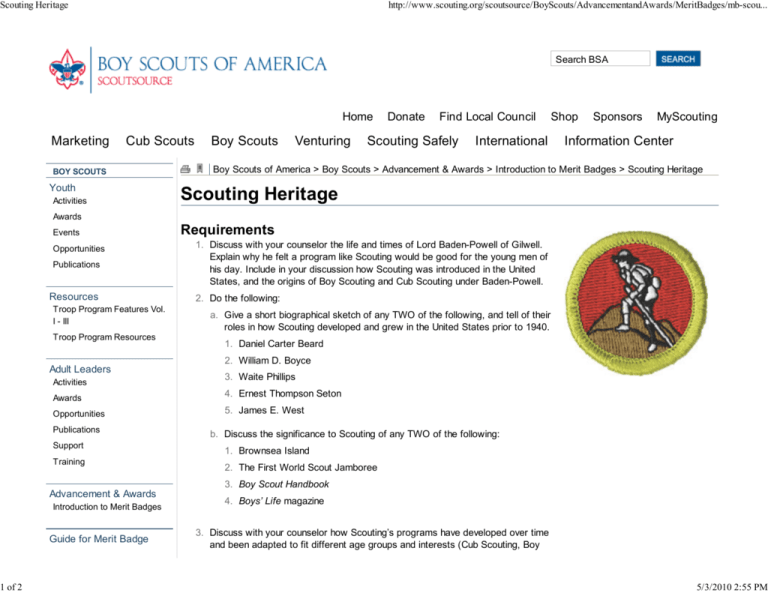
Scouting Heritage
1 of 2
http://www.scouting.org/scoutsource/BoyScouts/AdvancementandAwards/MeritBadges/mb-scou...
Search BSA
Home
Marketing
Cub Scouts
BOY SCOUTS
Youth
Activities
Boy Scouts
Venturing
Donate
Find Local Council
Scouting Safely
International
Shop
Sponsors
MyScouting
Information Center
Boy Scouts of America > Boy Scouts > Advancement & Awards > Introduction to Merit Badges > Scouting Heritage
Scouting Heritage
Awards
Events
Opportunities
Publications
Resources
Troop Program Features Vol.
I - III
Troop Program Resources
Adult Leaders
Activities
Requirements
1. Discuss with your counselor the life and times of Lord Baden-Powell of Gilwell.
Explain why he felt a program like Scouting would be good for the young men of
his day. Include in your discussion how Scouting was introduced in the United
States, and the origins of Boy Scouting and Cub Scouting under Baden-Powell.
2. Do the following:
a. Give a short biographical sketch of any TWO of the following, and tell of their
roles in how Scouting developed and grew in the United States prior to 1940.
1. Daniel Carter Beard
2. William D. Boyce
3. Waite Phillips
Awards
4. Ernest Thompson Seton
Opportunities
5. James E. West
Publications
Support
Training
b. Discuss the significance to Scouting of any TWO of the following:
1. Brownsea Island
2. The First World Scout Jamboree
3. Boy Scout Handbook
Advancement & Awards
Introduction to Merit Badges
Guide for Merit Badge
4. Boys’ Life magazine
3. Discuss with your counselor how Scouting’s programs have developed over time
and been adapted to fit different age groups and interests (Cub Scouting, Boy
5/3/2010 2:55 PM
Scouting Heritage
2 of 2
http://www.scouting.org/scoutsource/BoyScouts/AdvancementandAwards/MeritBadges/mb-scou...
Counselors
Frequently Asked Questions
Rank Advancement
Resources
Merit Badge Review
National Eagle Scout
Association
New Leader Training
Scouting, Exploring, Venturing).
4. Do ONE of the following:
a. Attend either a BSA national jamboree, OR world Scout jamboree, OR a
national BSA high-adventure base. While there, keep a journal documenting
your day-to-day experiences. Upon your return, report to your counselor what
you did, saw, and learned. You may include photos, brochures, and other
documents in your report.
b. Write or visit the National Scouting Museum in Irving, Texas.* Obtain
information about this facility. Give a short report on what you think the role of
this museum is in the Scouting program.
*If you visit the BSA’s national traveling tour, Adventure Base 100, in
2010, you may use this experience to fulfill requirement 4b. Visit
www.adventurebase100.org (with your parent’s permission) for the
schedule and for more information.
Order of the Arrow
Passport to High
Adventure
Scouting Heritage
BSA Supply No. 35970
Teaching Leave No Trace
Supplemental Training
5. Learn about the history of your unit or Scouting in your area. Interview at least
two people (one from the past and one from the present) associated with your troop. These individuals could be adult
unit leaders, Scouts, troop committee members, or representatives of your troop’s chartered organization. Find out
when your unit was originally chartered. Create a report of your findings on the history of your troop, and present it to
your patrol or troop or at a court of honor, and then add it to the troop’s library. This presentation could be in the form of
an oral/written report, an exhibit, a scrapbook, or a computer presentation such as a slide show.
6. Make a collection of some of your personal patches and other Scouting memorabilia. With their permission, you may
include items borrowed from family members or friends who have been in Scouting in the past, or you may include
photographs of these items. Show this collection to your counselor, and share what you have learned about items in the
collection. (There is no requirement regarding how large or small this collection must be.)
7. Reproduce the equipment for an old-time Scouting game such as those played at Brownsea Island. You may find one
on your own (with your counselor’s approval), or pick one from the Scouting Heritage merit badge pamphlet. Teach and
play the game with other Scouts.
8. Interview at least three people (different from those you interviewed for requirement 5) over the age of 50 who were
Scouts. Find out about their Scouting experiences. Ask about the impact that Scouting has had on their lives. Share
what you learned with your counselor.
© 2010 Boy Scouts of America - All Rights Reserved
About
Jobs
Media
Privacy
Terms
Sitemap
5/3/2010 2:55 PM

